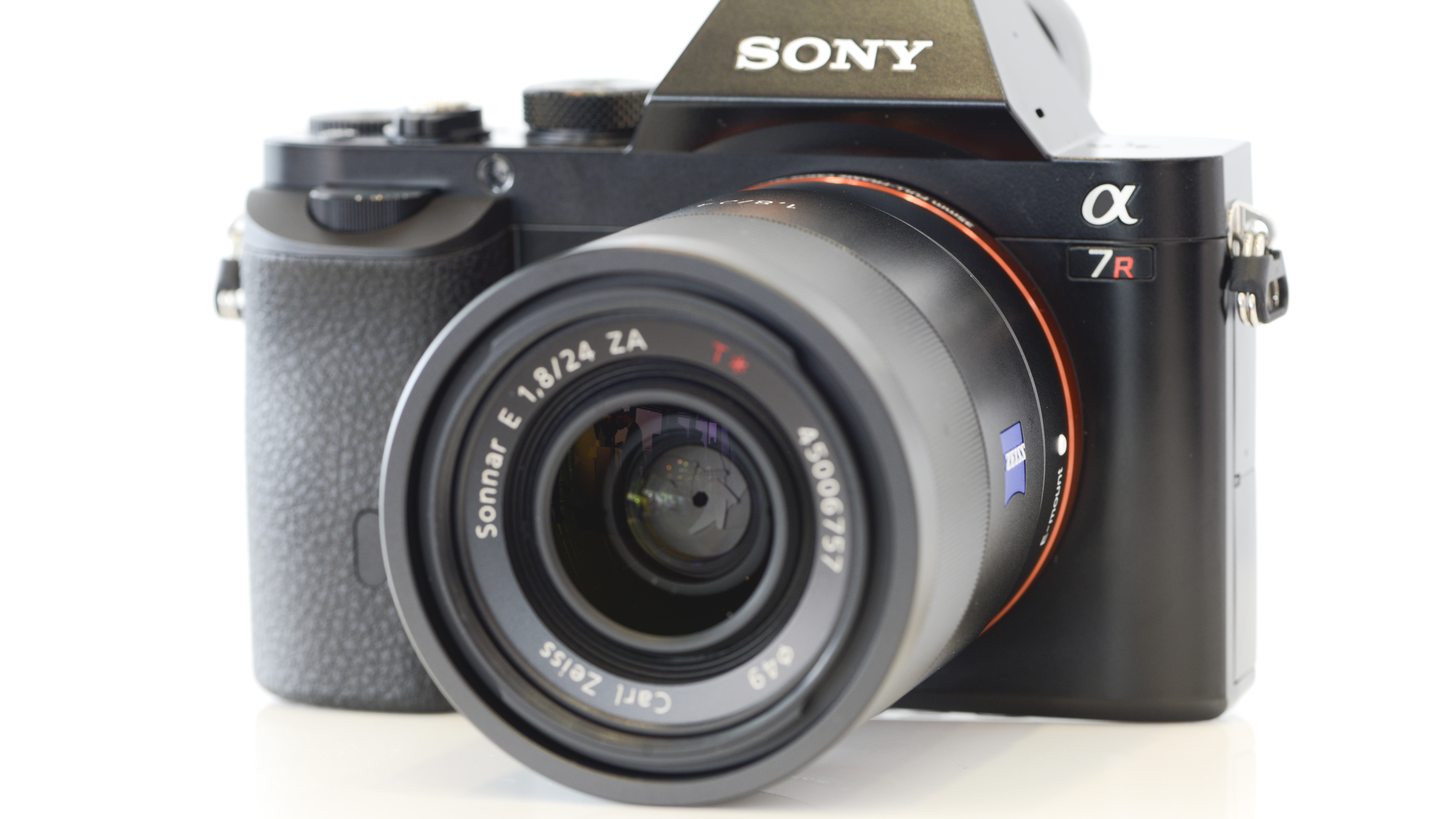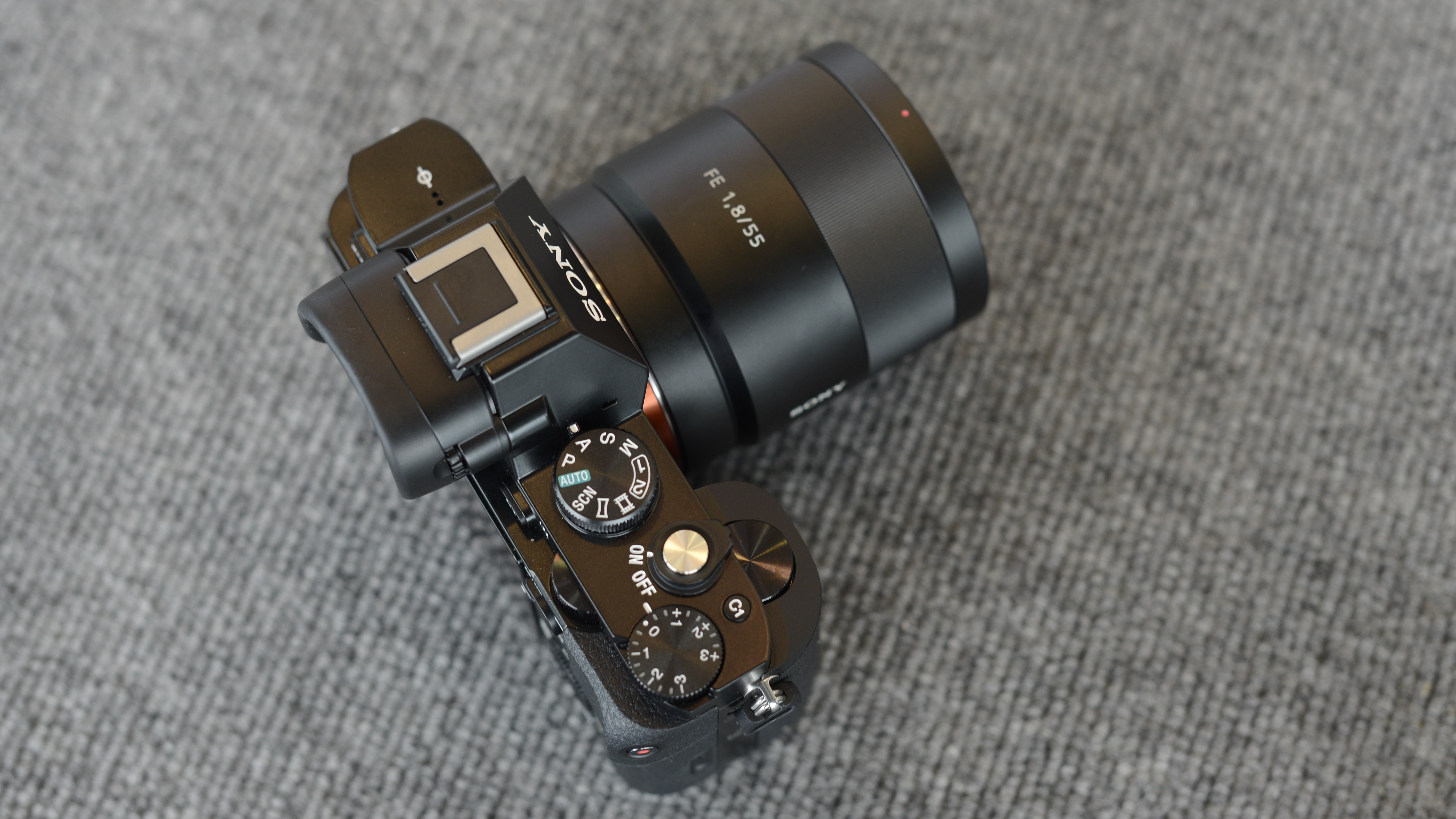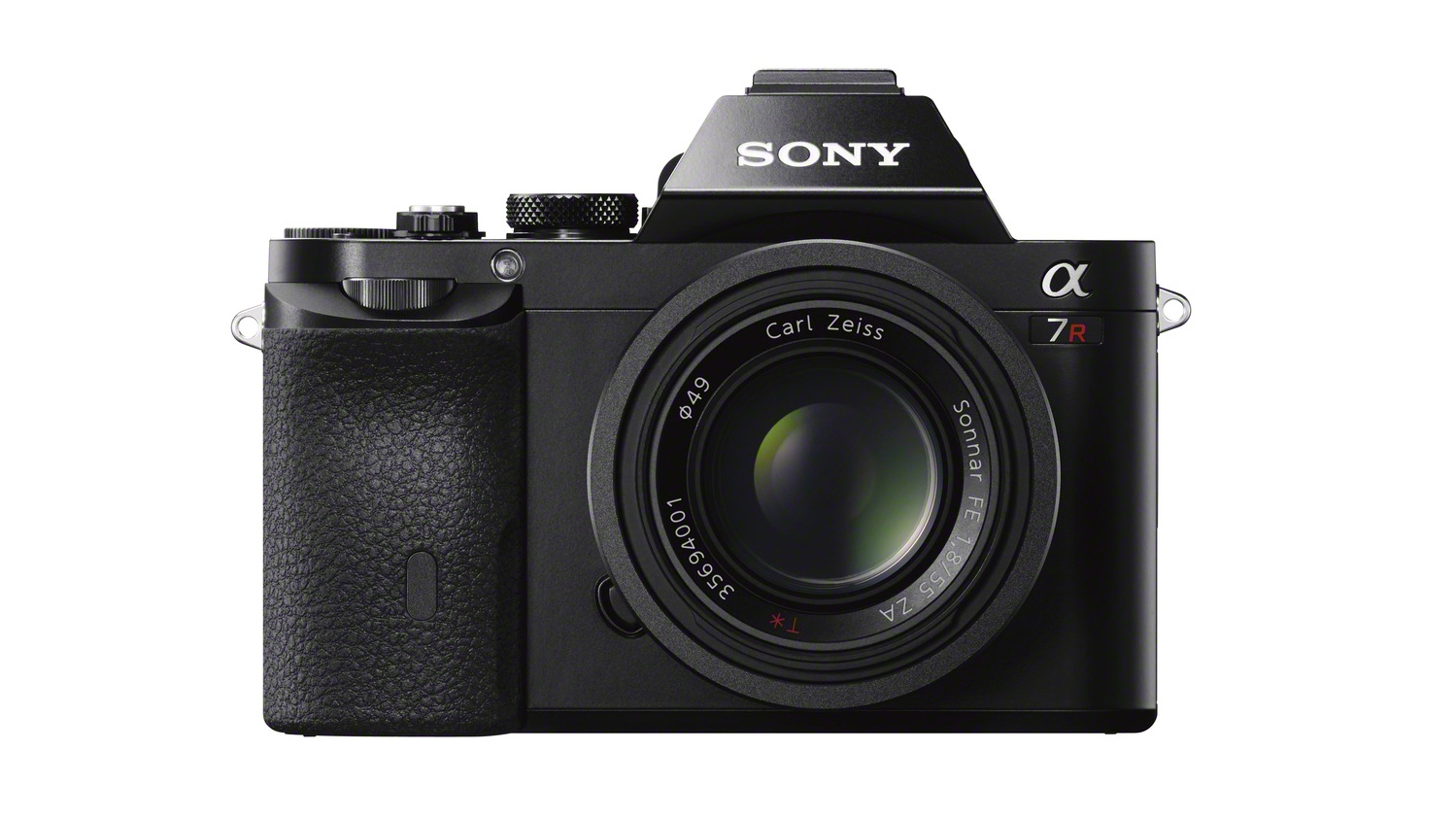Why you can trust TechRadar
Featuring one of the most exciting innovations in camera technology, it's no surprise that expectations for the A7R were very high. We've been extremely impressed with Sony's output of late, and saw no reason why the A7R would fail to deliver on all that it promised. Happily, we have not been disappointed.
Colours are vibrant and punchy, without showing too much saturation. If you wish to alter contrast and saturation, you can do so in camera using Creative Styles, giving lots of scope for those who want to do something a little bit more creative with their shots.
In terms of colour, metering and white balance, the A7R puts in a very similar performance to the standard A7. The all-purpose metering system generally does a good job of producing accurate exposures, although I found that dialling in some exposure compensation is necessary in areas of high contrast. Automatic white balance similarly does a good job, erring towards warmer tones when faced with artificial lighting – something which can be resolved by switching to a more appropriate white balance setting.

As we might expect, detail is very finely resolved, more so than the standard A7, making it ideal for those that are concerned with detail, such as landscape photographers. Removing the AA filter increases the likelihood of moire patterning appearing on images, but during testing I've yet to come across any such evidence of this happening in stills.
Although you can use the 28-70mm f/3.5-5.6 standard zoom lens with this camera, it's not recommended if you want to get the most of it. It's not available to buy as a kit, and it's probably worth waiting for the 24-70mm f/2.8 Carl Zeiss version, which should be available on sale next year – although of course the price is likely to be high.
Instead, the perfect "kit" lens for this camera is the 35mm f/2.8 optic. This produces beautifully sharp images, while giving you enough scope for shallow depth of field effects to be produced. It's not ideal as a portrait lens, but you can use it, and it copes well with environmental shots. I've also been able to use the 55mm f/1.8 lens, which should be available to buy in the early part of next year. It's a great lens for portraits and its extremely wide aperture allows for some really beautiful effects.
Fall off in focus is very nice, with out-of-focus areas rendered beautifully, with some lovely round bokeh from both the 35mm and the 55mm lenses.
As prime lenses such as the 35mm and 55mm have wide apertures, you may find you don't need to use high sensitivities all that often. But the good news is that when you do, the A7R copes very well. Image smoothing and loss of detail is present, but it only starts to become problematic at ISO 3200, and then only if you really pixel peep at 100%. We'd be happy to use this camera up to ISO 6400 and have useable shots afterwards, especially if printing and sharing at normal sizes (A4 and below).

The A7R only uses contrast detect autofocusing, as opposed to the hybrid contrast and phase detection system of the A7. This makes it a little slower to use in practice than the A7, but it's not hugely noticeable. Both the cameras suffer when shooting in lower light, sometimes finding it difficult to lock onto focus, and on occasion, throwing up a false positive. When the light is good however, focusing is generally quick and accurate in the majority of scenarios.
Sony offers a lot to the creative photographer in terms of digital filters, with a decent range available. Although you can retain full control over parameters such as aperture and shutter speed, these aren't available when shooting in raw format, which is a bit of a shame.
Sweep Panorama is also available, something that Sony pioneered a few years ago. This allows you to create an ultra wide shot by sweeping the camera across a scene while it fires off exposures. These are then combined automatically in camera. The results are pretty impressive, not displaying too much evidence of image smoothing or repeated patterns – you might come across a couple if you examine images closely at 100%, but generally the overall effect is good.
Unfortunately, the biggest problem with the A7R, like the A7, is battery life. It's pretty much a given that you will need to purchase at least one additional battery if you intend to use the camera for any length of time. Although we can appreciate that the power consumption for this camera is high, it would be nice if Sony would include two batteries in the box as standard.
Current page: Performance
Prev Page Build quality and handling Next Page Image quality and resolutionAmy has been writing about cameras, photography and associated tech since 2009. Amy was once part of the photography testing team for Future Publishing working across TechRadar, Digital Camera, PhotoPlus, N Photo and Photography Week. For her photography, she has won awards and has been exhibited. She often partakes in unusual projects - including one intense year where she used a different camera every single day. Amy is currently the Features Editor at Amateur Photographer magazine, and in her increasingly little spare time works across a number of high-profile publications including Wired, Stuff, Digital Camera World, Expert Reviews, and just a little off-tangent, PetsRadar.

